New warden wanted for Lihou Island
- Published
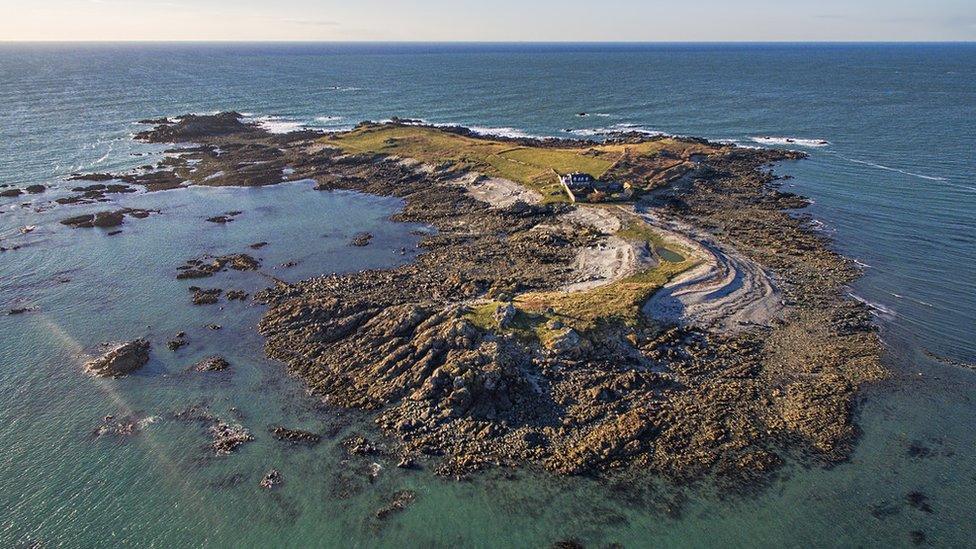
Lihou offers outdoor activities including climbing, abseiling, coasteering, rock jumping and archery
A tiny island which comes with its own natural swimming pool needs a new warden.
The successful applicant will have Lihou - about 500m off the west coast of Guernsey - to themselves.
The job offers the chance to live off grid, surrounded by the Atlantic Ocean, with a tractor for a company car.
Duties include maintaining the island's only house and looking after the nature reserve's wildlife.

Lihou is owned by the States of Guernsey, but needs a warden to maintain and run the island's only house
The new warden would need to have "fresh ideas", be from Guernsey, and be looking for new challenges, according to the incumbent, Richard Curtis.
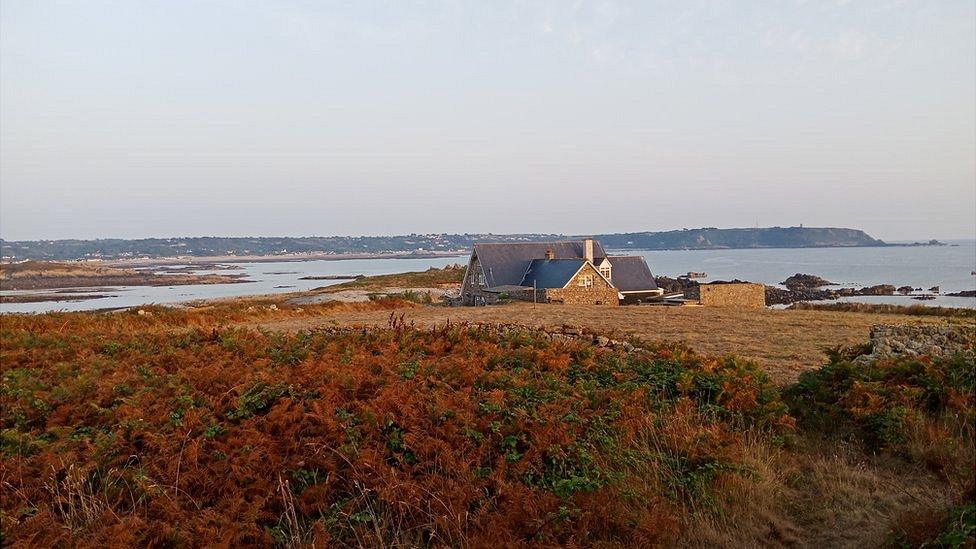
The house on Lihou has a borehole providing water and solar panels for electricity
Lihou is only accessible by walking across a causeway at low tide, and can be cut off for days at a time.
The house was built in the 1960s but became derelict a few decades later, before being rebuilt and refurbished by the Lihou Charitable Trust in 2005.
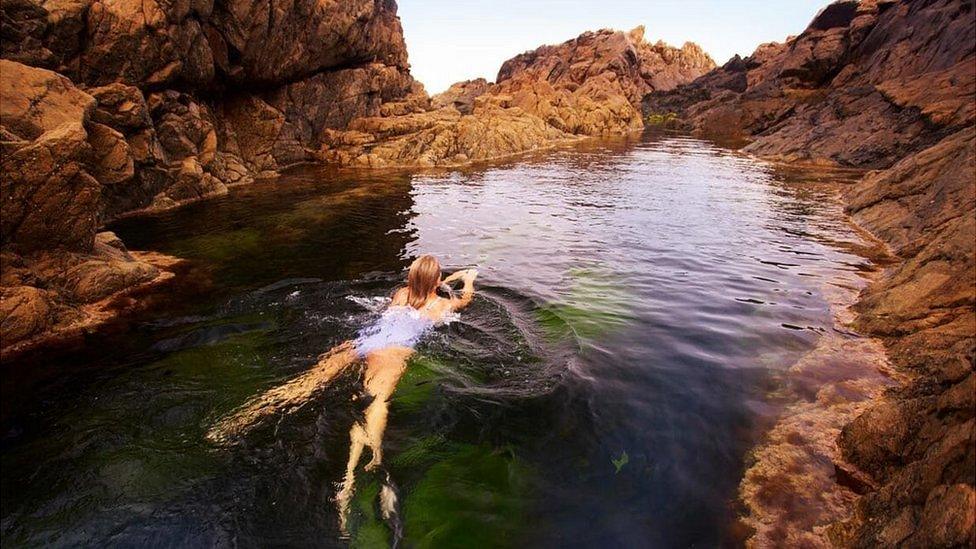
On the western tip, a natural swimming pool - or "Venus Pool" - has formed in the coastline, with the sea topping it up on each passing tide
Mr Curtis, who is moving to France, said it had been "a privilege" to do the job for 14 years.
The island is under the administration of nearby Guernsey, although the new warden will be employed by the trust.
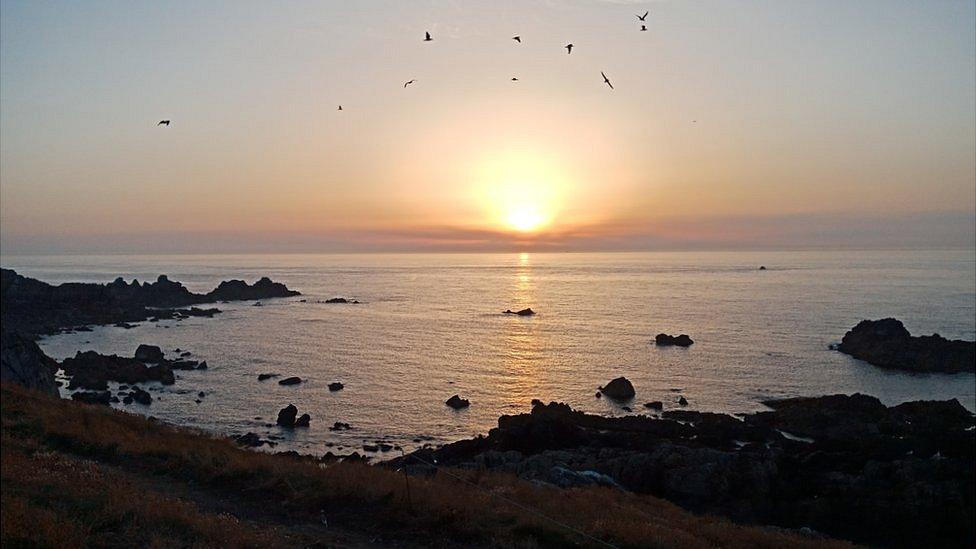
Situated 500m from the west coast of Guernsey, the island has spectacular sunsets
The island has a rich history, with monks from Mont St Michel the earliest known settlers.
They built a monastery in the 12th Century - the remains of which can still be seen - as they tried to convert Guernsey's pagan community.
Lihou was also used for target practice by occupying German soldiers during World War Two, with more than 100 pieces of ordnance found buried beneath the soil in the last few decades.
- Published21 February 2014
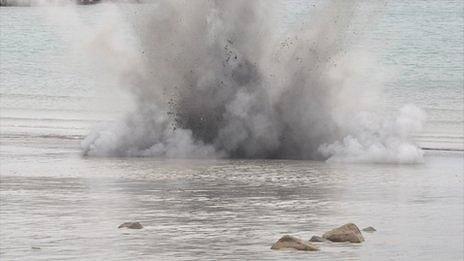
- Published12 August 2010